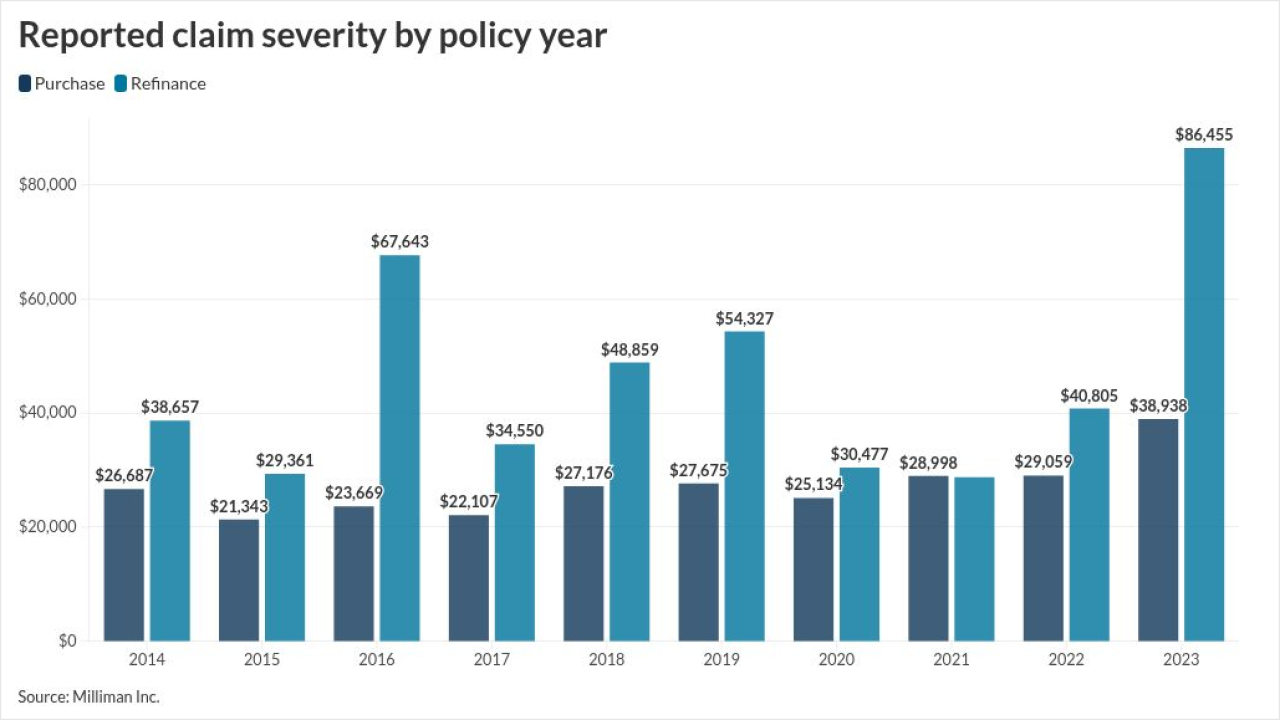It's been almost three years since ChatGPT first debuted, and it seems like nearly every business, no matter the industry, has been quick to try to adopt some sort of GenAI tool. The insurance sector is no different. Insurance and GenAI are a natural match since both industries are fundamentally data-driven and algorithmic.
AI in insurance
A key application for AI in the insurance industry is personalization.
Another useful application is content creation. Because GenAI can so easily assist with that process, it is increasingly being leveraged for sales and marketing materials for insurance products. However, as the volume of GenAI-generated content grows, so does the potential for inaccuracies or non-compliance. The sheer amount of AI-generated content can be so overwhelming for traditional review systems, making it more difficult to ensure consistency, accuracy and alignment with evolving NAIC and state-level rules. In the current landscape, success hinges on compliance teams upping the efficiency of their review processes — but their resources are being stretched thin.
By adding a compliance-focused layer on top of a GenAI model, compliance teams can dramatically reduce review cycle time. These sophisticated tools can meaningfully help reduce risk by helping humans ensure that regulations are being addressed thoroughly and consistently during the review process. AI can help ensure that all boxes are checked, every rule is being followed and may even find gaps that a human could easily overlook. If an insurance company has multiple individuals reviewing advertising material, having an AI tool as a starting point can help the resulting reviews have increased uniformity.
Though AI can help increase review efficiency,
Even with these capabilities, these tools are not fully automated systems taking the place of human judgment. It's essential that the review process retains the very important human feedback loop to minimize potential AI-related issues. The AI may be able to flag possible problems and make suggestions, but it depends on human review, input and signoff before it can move forward. Ultimately, since AI can speed up the review process, it frees up humans' time so they can focus their attention on more complex situations.
By using AI to monitor AI-generated content, the insurance industry can keep pace with the growing volume of content creation. GenAI accelerates the review process while still ensuring the necessary regulatory rigor. The marriage of compliance-focused AI tools and irreplaceable human oversight will continue to push the entire sector forward, ultimately giving organizations more time back to focus on innovation and sustained success.






